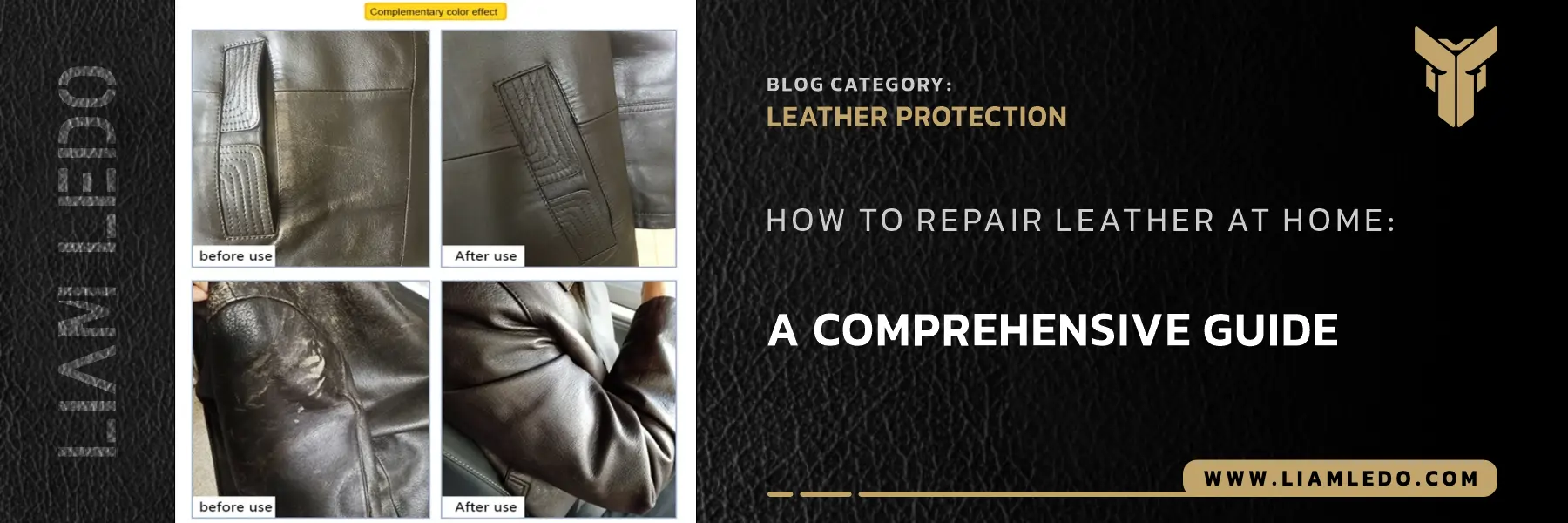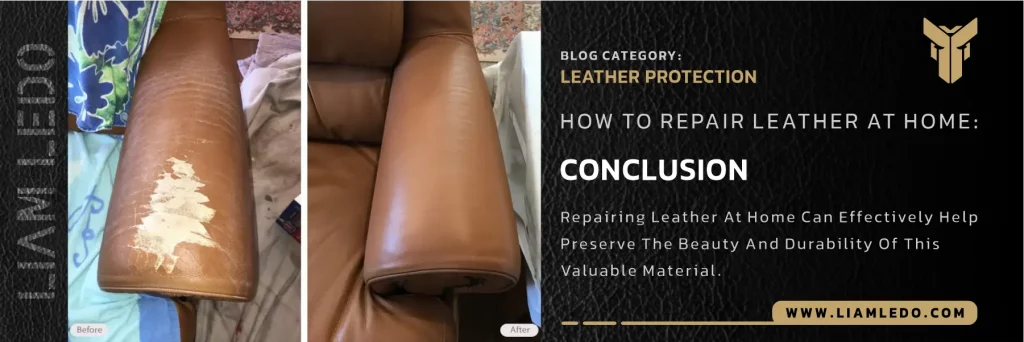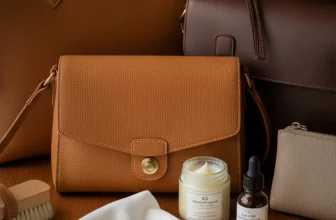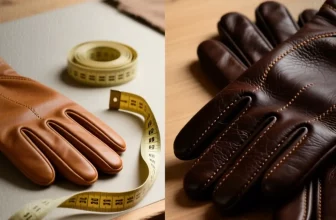
Leather products such as furniture, bags, shoes, and jackets add elegance and durability to our daily lives. But with regular use, they often face issues like scratches, cracks, or fading colors. Instead of replacing them, you can save money and restore their beauty by learning how to repair leather at home. In this guide, we’ll explore practical methods, essential tools, and expert tips to help you fix common leather problems and keep your items looking new for years—empowering you to extend their value with simple DIY care.
Learn more about leather and make better choices:
1.Why Do You Need Leather Repair?
Leather, like any natural material, ages over time. Let’s look at the most common issues and why repairing them is essential:
- Scratches and Tears: Scratches often appear due to sharp objects, friction, or mishandling. Small scratches can quickly turn into deeper cracks if not treated. Regular maintenance and using a leather repair kit will keep your items looking new.
- Cracks and Dryness: One of the most common problems is cracking caused by loss of natural oils. If your leather feels stiff and dry, it’s time to fix leather cracks and dryness at home using a conditioner. This prevents long-term damage and keeps the leather soft.
- Discoloration and Stains: Exposure to sunlight, chemicals, or spills often causes discoloration. Treating stains early and using leather-safe dyes can restore the original beauty.
2.Tools and Materials You’ll Need:
Before starting the repair, prepare the following:
- Leather Repair Kit (with fillers, dyes, applicators)
- Leather Cleaning Solution (to remove dirt and oils before repair)
- Soft Pads or Sponges (for applying filler and dye)
- Clean, Dry Cloths (for wiping and polishing)
- Leather Conditioner for Cracks (to restore flexibility and prevent dryness)
- Protective Brushes (for applying finishing products)
If you don’t already have these, there are plenty of leather repair products to buy online that come in complete packages for home use.
3.Step-by-Step: How to Repair Leather at Home:
1.Cleaning the Leather Surface:
- A clean surface ensures the repair materials adhere properly.
- Apply a leather cleaning solution using a soft cloth.
- Gently wipe the damaged area to remove dirt, oil, and dust.
- Dry with a clean cloth. Never start repairs on damp leather.
2.Repairing Scratches and Tears:
If your leather has scratches or small tears, follow this DIY leather scratch repair guide:
- Use a leather repair kit to apply filler into the damaged area.
- Smooth the filler with a soft pad or tool.
- Once dry, apply leather dye that matches the color of your item.
- Allow it to dry completely, then polish with a soft cloth for a natural finish.
3.Fixing Cracks and Dryness:
Cracks are usually caused by dehydration. To fix leather cracks and dryness at home:
- Apply a generous amount of leather conditioner for cracks.
- Gently massage it into the surface using your hands or a soft sponge.
- Leave it to absorb naturally for several hours.
- Avoid direct sunlight or heat, which can make the cracks worse.
4.Repairing Discoloration and Stains:
To deal with stains or faded areas:
- Use a leather-safe stain remover for fresh marks.
- For long-term discoloration, apply a leather dye from your repair kit.
- Spread evenly with a sponge and allow it to dry.
- Polish the area to restore shine and uniform color.
4.Leather Care Tips to Prevent Future Damage:
Repairing is important, but prevention is even better. Follow these tips to extend the lifespan of your leather items:
- Use Leather Care Products Regularly: Applying conditioners and protectants every few months prevents cracking and keeps leather supple.
- Avoid Harsh Chemicals: Never clean leather with household detergents, alcohol, or oils. Always use products specifically designed for leather.
- Store Properly: Keep leather items in a cool, dry place, away from direct sunlight and humidity. Proper storage preserves color and prevents mold..
5.Choosing the Best Leather Repair Kit:
Not all repair kits are the same. When choosing the best leather repair kit for furniture or accessories, look for:
- Color variety (to match different leather shades)
- High-quality filler and flexible finish
- Easy-to-use applicators
- Positive customer reviews
If you’re shopping online, check for bundles that include conditioner and protectant as well. This makes the repair process smoother and more cost-effective.

Final Thoughts
Learning how to repair leather is not only cost-effective but also satisfying. With the right tools like a leather repair kit and simple techniques, you can easily restore scratched, cracked, or discolored leather at home.
Whether it’s a sofa, handbag, or pair of shoes, following this guide will help you extend the life of your leather products. Don’t forget to use leather conditioner for cracks, polish regularly, and store your items properly to prevent damage in the future.
If you’re ready to start, check out some of the best leather repair products to buy online and bring your leather back to life with confidence—ensuring lasting beauty, strength, and renewed style for your favorite items.
Source: The Gentleman’s Gazette | Wikipedia







